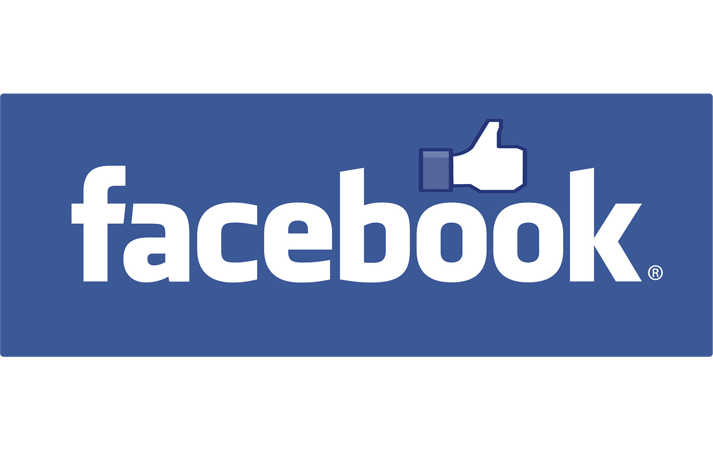Written by Simon Geraghty.
I had the good fortune to meet Eric Berman from Facebook, New York this week. We were introduced by a good friend of mine who is also based in New York via LinkedIn and met in a Skype conversation. So far so very web 2.0….
Eric works with Facebook’s Corporate clients in the US, helping them make the best use Facebook for their brands. His basic premise is that using Facebook as a marketing tool comes back to the basics of marketing… being able to leverage good consumer and brand insights. This has to be the starting point for all social media activity, unlike traditional marketing we are not broadcasting out in our traditional one way conversation.
Before you jump in, understand how Facebook ranks content
It is still important for brands to reach large numbers of people and Facebook certainly has these numbers, with latest estimates of 1.98m Irish users on Facebook. (Sourced from the very interesting Social Bakers).
However, just because you have followers and publish regularly gives no guarantee that your followers have seen it. A typical Facebook user’s news feed is set to ‘Top Stories’ (95% of users according to Facebook), these stories typically from their friends, are determined by the Edgerank Algorithm. The formula for this algorithm is:
Affinity x Weight x Time Decay = EdgeRank
Here is a brief explanation of each part of the equation:
1. This is an affinity score between the viewer user and an item’s creator. If you send one of your friend’s lots of messages on Facebook and visit their profile often, you will have a higher affinity score for them than you would compared to someone you have not spoken to in a long time. (So your ex is checking you out still, or vice versa….!)
2. Each interaction type is given a weighting. Comments rank higher than likes, and images carry the highest weighting of all.
3. The last component in the equation is time, the older your interactions are the less important they become.
(Source)
This algorithm generates the Top Stories that Facebook believes will be of most interest to their users. When a user logs into Facebook it stands to reason that the posts on top most are more likely to be read while those below will not. So as a brand it is important to aim to be at the top of the news feed. Our challenge is to build scale into a 1:1 conversation.
To build engagement, brands need to generate conversations on Facebook and distribute content that is truly of value. This will hopefully not come as too much of a surprise to you, but simply posting your latest press, TV, banner ad or product may not generate a huge amount of user engagement. Creating a first to market for this channel most likely will. But try to avoid Amazon’s mistake of not being able to cope with the volumes of orders that may follow.
Intel’s new ‘Museum of Me’ has proved to be an excellent piece of user engagement that taps into our personal vanity and the desire to archive memories and experiences online that Facebook itself serves nicely (683,137 exhibitions to date, 04/06/11).
But not every business can create such high tech engagement for followers. Here’s how the Facebook pages of a new Mexican restaurant in Dublin’s suburbs does it: http://www.facebook.com/#!/lasirena.malahide and a Music Festival over the June bank holiday: http://www.facebook.com/#!/forbiddenfruitfestival generate conversations with their followers. In fact, our second example used Facebook to both up-date festival goers over the weekend and took on board criticism of the event in real-time turning around a possible PR disaster.
So the moral of our story is that if you haven’t engaged with your followers regularly and in a meaningful way they probably haven’t seen your content, no matter how many fans you have.
This blog first featured in the O2 Ideas Room Thursday 9th June 2011.
